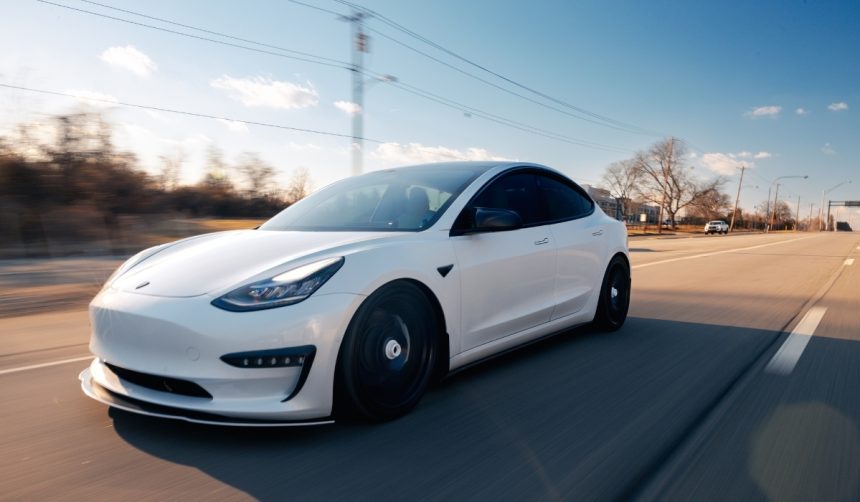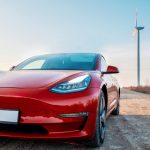Tesla has begun instructing its suppliers to remove components made in China from vehicles manufactured in the United States, signaling an intensified drive to localize its supply chain. This effort responds to ongoing trade tensions and uncertainty over tariffs between the US and China, and it could further distinguish Tesla’s American-built models as predominantly sourced from within North America. The new directive also arrives at a moment when automakers are reevaluating global relationships due to shifting geopolitical winds and recent disruptions in international logistics. Market observers believe this policy may influence the broader automotive supply network, including both pricing and production strategies. Consumers may begin to see subtle changes in product sourcing reflected in the coming years.
Recent reports about Tesla’s supply chain directives echo earlier moves by American automakers, yet they arrive with a heightened sense of urgency attributed to ongoing tariff debates and pandemic-driven disruptions that have lingered since 2020. Earlier news indicated some companies pursued partial measures, shifting select products or relying on backup suppliers, whereas Tesla’s current stance appears to require a more sweeping and immediate removal of China-made parts. Previous responses were reactive, but what distinguishes the described approach is its proactive, company-wide push towards North American raw materials and parts. This pivot contrasts with previous approaches that simply sought to mitigate risk without a comprehensive overhaul of the supplier pool.
What motivates Tesla to replace Chinese parts?
The impetus behind Tesla’s request stems from a combination of tariff uncertainty, rising political tensions, and ongoing supply chain disruptions. Executives reportedly see a need to safeguard production and pricing stability by shifting away from suppliers based in China, prompted by the threat of unpredictable trade barriers. Company insiders have noted that this adjustment should be completed within two years. In light of these challenges, Tesla has pushed for action, seeking to minimize exposure to sudden policy changes that could drive up manufacturing costs.
How are other automakers responding to similar pressures?
Automakers across the industry, including General Motors and Stellantis, have taken parallel steps to adjust their supplier relationships to avoid tariffs and ensure access to critical materials. Both firms recently issued their own guidance requiring components not be sourced from China for vehicles made in North America. Industry representatives say shifting political climates and increasing scrutiny over rare-earth materials have forced many manufacturers to rethink their supply chains, often at considerable logistical and financial cost. This collective shift reflects new priorities as companies attempt to balance resilience and efficiency.
Could these shifts impact vehicle prices and features?
The full effect on pricing for models like Tesla’s Model 3 and Model Y remains uncertain, as localizing supply chains can carry both advantages and added expenses. Analysts predict that sourcing components domestically may secure long-term production stability, yet short-term increases in supplier costs could create pressures on retail pricing. Tesla has not detailed whether it expects price changes, but the move’s wider ramifications may depend on how fast North American suppliers can scale to meet demand without compromising quality or delivery times.
“We aim to build vehicles with the highest proportion of local content possible,” said a Tesla spokesperson.
“By reducing reliance on overseas suppliers, we are investing in more resilient production,” a company representative stated.
Shifting supplier networks remains a complex, ongoing process that often demands significant collaboration between automakers, policy makers, and vendors. Even as Tesla leads this movement with a more aggressive timetable, competitors may modify their own strategies as regulatory and market conditions evolve. While the immediate impact may be focused on component sourcing and cost management, broader questions loom around innovation, supply stability, and the continued viability of American manufacturing in a globalized world. People tracking Tesla and its peer companies should take note of potential adjustments in availability and price, but also recognize the broader industry context that influences these changes. For consumers and suppliers alike, staying informed about sourcing policies may help anticipate future product shifts and supply chain reactions.









